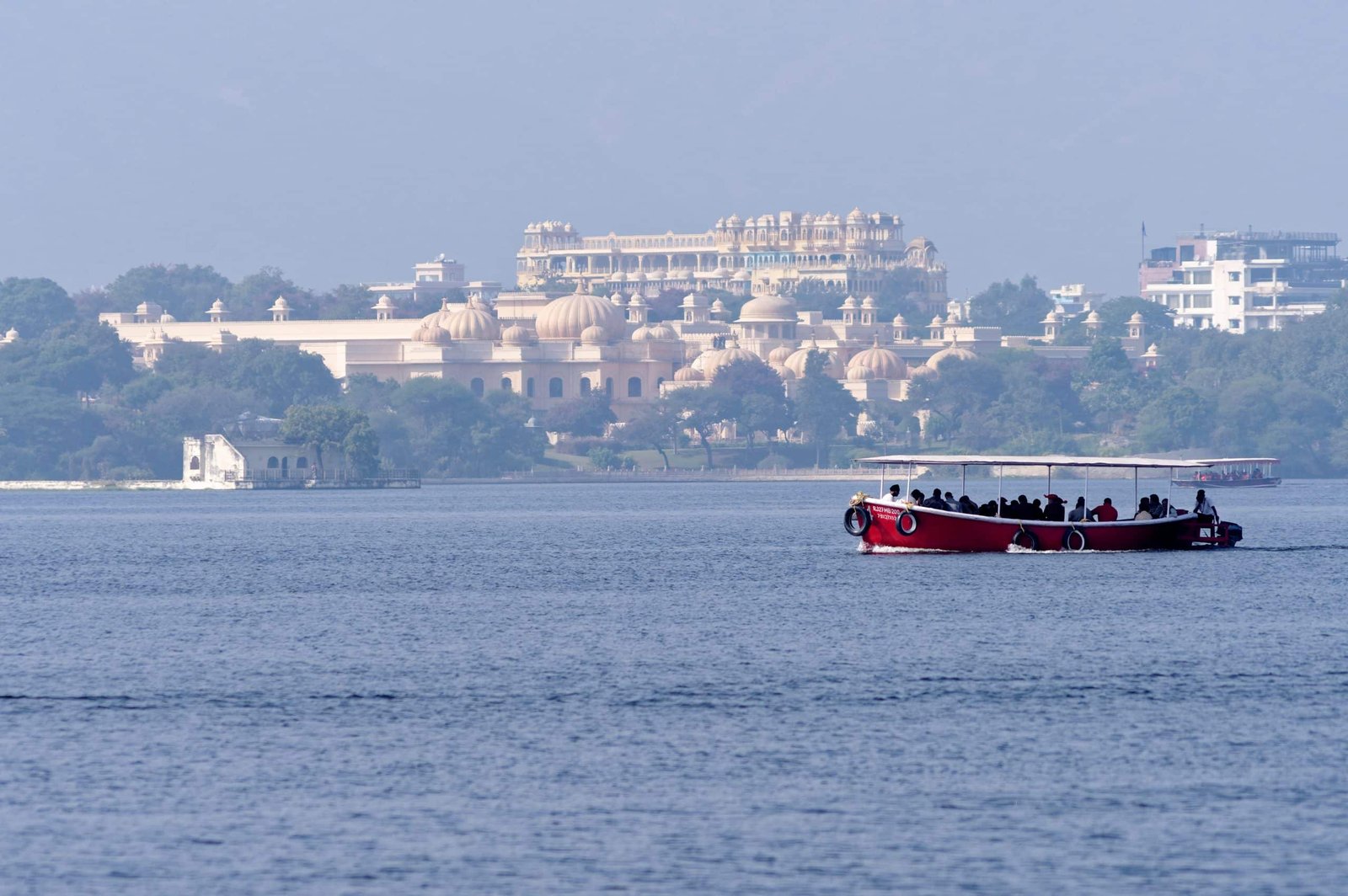Visiting Udaipur for the first time can be both exciting and overwhelming. This city, often called the “Venice of the East,” is a mosaic of historical charm, cultural depth, and scenic beauty. Known for its lakes, marble palaces, colorful festivals, and culinary delights, Udaipur is an essential stop for anyone traveling through Rajasthan. If you’re planning your first visit, here’s a detailed guide to help you explore Udaipur’s culture, cuisine, and palaces in an informed, meaningful way.
Understanding the Cultural Heart of Udaipur
Udaipur’s identity is rooted deeply in Mewar history and Rajput valor. The city was founded in 1559 by Maharana Udai Singh II and remains a strong symbol of Rajput pride. First-time visitors should begin by appreciating the city’s living traditions, many of which are still celebrated today.
- Festivals: Major festivals like Mewar Festival, Gangaur, and Diwali are celebrated with public processions, folk dances, and rituals. Witnessing these offers a direct connection to local customs.
- Art & Handicrafts: Udaipur is a hub for miniature paintings, marble carvings, and handcrafted jewelry. The Shilpgram Crafts Fair (held in December) is a cultural goldmine.
- Language & Hospitality: While Hindi and Rajasthani are commonly spoken, English is widely understood in tourist areas. Hospitality is more than a service here—it’s a tradition.
Experiencing the culture of Udaipur means engaging with its people, understanding its history, and observing the blend of ancient and modern influences in everyday life.
Udaipur’s Cuisine: A Journey Through Flavors
Rajasthani food is bold, flavorful, and adapted to the arid climate. As a first-time visitor, tasting Udaipur’s local cuisine is essential to understanding the lifestyle and traditions of the region.
- Dal Baati Churma: This trio is a staple. Baked wheat flour balls (baati), lentil curry (dal), and sweet crushed wheat with ghee and sugar (churma) offer a balance of taste and texture.
- Gatte ki Sabzi: Made with chickpea flour dumplings cooked in a yogurt-based curry, this is a signature vegetarian dish.
- Laal Maas (for non-vegetarians): A spicy mutton curry that reflects the royal kitchens of Mewar.
- Snacks & Sweets: Don’t miss out on kachoris, mirchi vadas, and local sweets like ghewar and mohanthal.
- Local Dining Culture: Meals are typically enjoyed in a relaxed setting, often accompanied by folk music performances in traditional restaurants or heritage properties.
The food in Udaipur is both a reflection of its environment and an extension of its cultural identity, emphasizing preservation, flavor, and community.
Iconic Palaces You Can’t Miss
Udaipur’s palaces are architectural masterpieces that narrate stories of kings, queens, and centuries of valor. These historic landmarks also help first-time visitors trace the city’s evolution from a royal capital to a modern tourist destination.
City Palace
Located on the eastern bank of Lake Pichola, the City Palace is a vast complex of courtyards, balconies, towers, and gardens. Built over 400 years, it represents a blend of Rajasthani and Mughal architecture. The museum inside displays royal artifacts, weaponry, and paintings, providing insights into Mewar’s rich legacy.
Lake Palace
Now a luxury heritage hotel, the Lake Palace appears to float in the middle of Lake Pichola. Built in the 18th century, it is best viewed from a boat ride during sunset. While entry may be restricted for non-residents, viewing it from afar is still a magical experience.
Monsoon Palace
Perched atop Bansdara Hill, this palace offers panoramic views of the city, especially during sunset. Originally built for monsoon retreats, it was also a watchtower due to its strategic height. The journey to the palace itself offers a scenic drive through the Sajjangarh Wildlife Sanctuary.
Bagore Ki Haveli
A lesser-known gem, this 18th-century mansion by the lake now functions as a museum. It showcases traditional Rajasthani costumes, royal artifacts, and hosts evening cultural performances. For those interested in daily life during royal times, this is a must-visit.
Helpful Travel Tips for First-Time Visitors
To make the most of your visit, consider the following practical tips:
- Best Time to Visit: October to March offers pleasant weather, ideal for sightseeing.
- Transportation: Udaipur is well connected by air, train, and road. Local options include auto-rickshaws and app-based taxis.
- Dress Code: Modest clothing is appreciated, especially when visiting religious sites.
- Photography Etiquette: Always ask for permission before photographing locals or temple interiors.
- Sustainable Travel: Carry reusable water bottles and avoid plastic waste, especially around the lakes and heritage sites.
These guidelines not only enhance your comfort but also show respect for the local way of life.
Accommodation Insight: Choosing Where to Stay
Choosing the right accommodation can define your Udaipur experience. The city offers everything from budget hostels to heritage hotels. For travelers looking for comfort, elegance, and proximity to key attractions, options are diverse.
One such thoughtfully designed stay option is the Best Luxury Hotel in Udaipur, ideal for travelers who value heritage-inspired ambiance and modern amenities. Its location makes it convenient for sightseeing while offering a tranquil retreat at the end of the day.
Final Thoughts
Udaipur is not just about checking places off a list; it’s about experiencing a different rhythm of life. For first-time visitors, engaging with its culture, tasting its authentic food, and walking through its centuries-old palaces provides a multi-sensory introduction to India’s royal heritage. Prepare to be immersed, surprised, and inspired—because Udaipur isn’t just a destination, it’s an experience.




